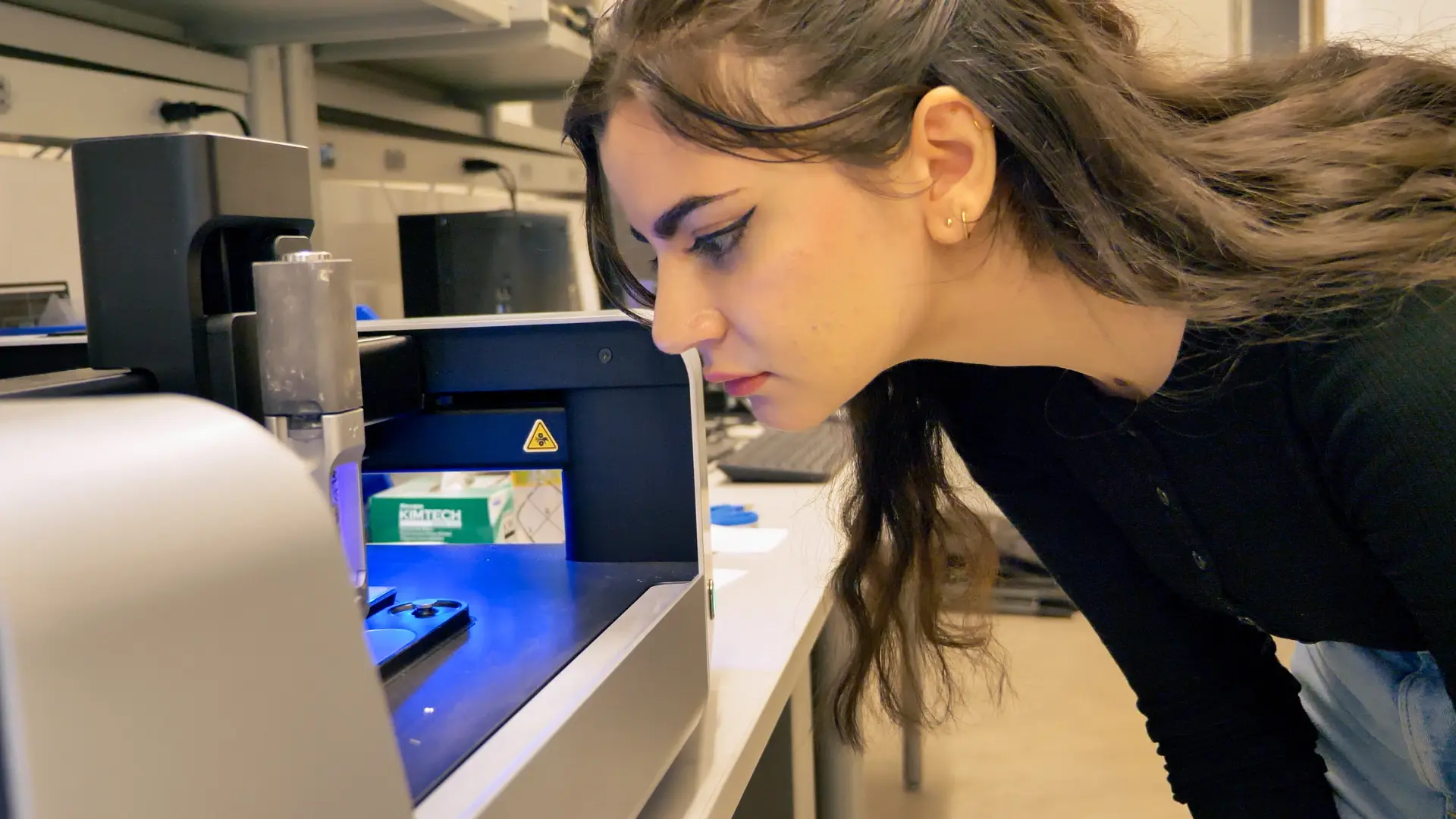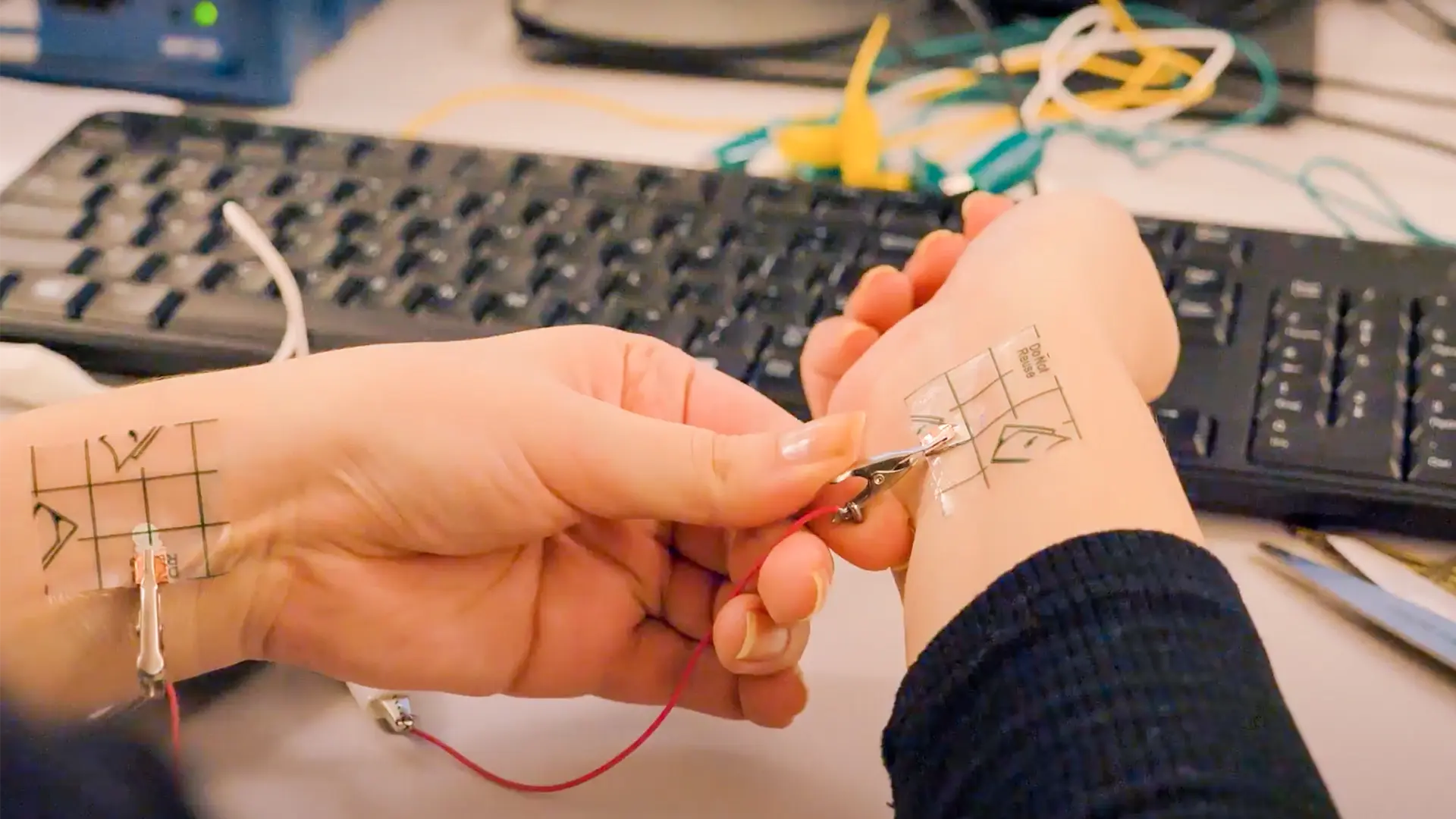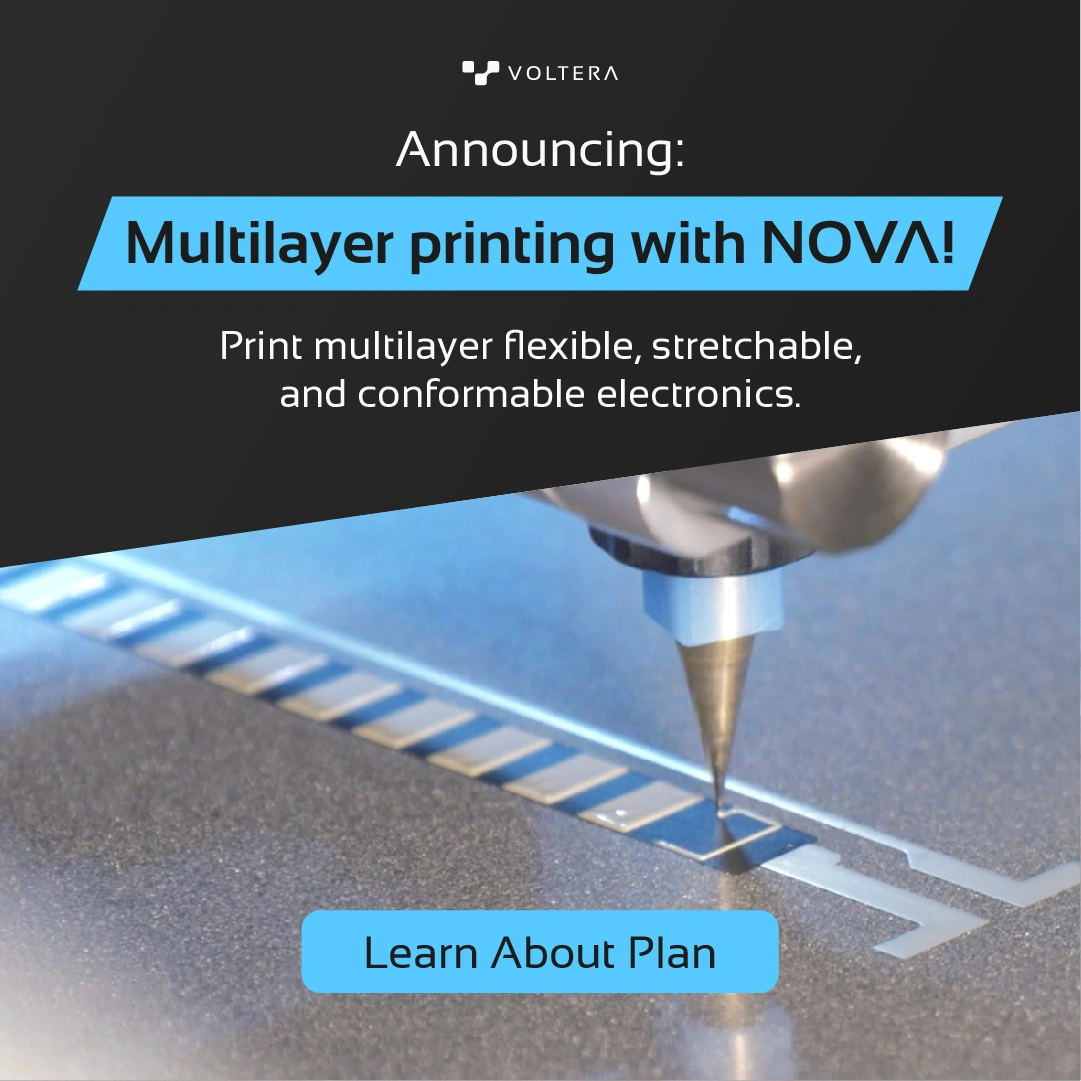Making an RFID Tag using Revolutionary Copper Ink on Paper
What if items in a room could "talk" to each other wirelessly — without any configuration, batteries, or contact? What if instead of having to wait in line at the supermarket, you could just checkout by walking out the front door? Or the next time you misplace your keys, they could tell you where they were located? RFID is a technology that can do all this and more.
What is RFID?
Radio Frequency Identification (commonly known as RFID) is a technology that leverages wireless communication over radio waves to both transfer data and locate objects. Many of us use RFID as part of our everyday life without noticing it, whether it be entry keycards, contactless payments, or toll road transponders on vehicles. While RFID has been streamlining processes for decades, there has been an explosion in the applications of RFID in recent years.
Retail businesses have started using RFID to speed up the checkout process and improve customer experience. Some countries have begun using RFID to augment their passports with additional information to verify an individual’s identity. RFID is even used in healthcare, with the FDA certifying the use of RFID to track donated blood, including using RFID tags to track the origin, type, and date of donation for blood [1].
So what’s the catch? Well, with nearly 28 billion RFID tags sold in 2021 and a yearly growth of 36% [2], the sheer volume of these tags will result in significant environmental challenges, due to the wasteful and resource intensive nature of current production methods. In addition, current RFID tags leverage aging material technology that is quickly being supplanted in performance and cost by novel approaches, namely nano copper inks, like Copprint LF-301.
Materials used to produce RFID tags
Nano copper inks offer several advantages over existing materials used in RFID production. The most common way tags are made today is by etching aluminum, a subtractive process similar to how PCBs are made. A laminate of aluminum foil and PET is put through a chemical process where excess aluminum is subtracted to form the final tag pattern. In contrast, nano copper inks use additive processes where conductor material is deposited onto a substrate in the desired pattern. This results in no copper waste, or toxic chemical byproducts from the production process. What’s more, with an ink like Copprint LF-301 the tag can be made right on a paper substrate such that the RFID tag is compostable, a big change compared to non-recyclable and non-compostable etched aluminum tags.
How we printed the RFID tag
We set out to create an RFID tag using an innovative ink by Copprint. Specifically, we designed, printed, assembled and tested a UHF (ultra-high frequency) RFID tag. This sort of tag is commonly used in asset-tracking applications, like logistics and consumer retail. Using industry-standard design and simulation software, a high-performance UHF RFID tag was designed, but as with everything, you don’t know how something really works until you make your first prototype.
Using NOVA
Fortunately, getting up to speed with a new ink and substrate is a breeze with NOVA. Using the Smart Dispenser, combined with the built-in ink calibration workflow, we were able to tune an ink profile to use with Copprint LF-301. What’s more, NOVA’s Vacuum Table module made it a breeze working with paper substrates. After placing the paper on the Vacuum Table, it is held in place until the print is complete. Once the ink was dialed in, and paper substrate was in place, we were ready to print — no upfront costs or time waiting for custom screens to print our prototype pattern: just NOVA, Copprint LF-301, and cardstock paper.
With NOVA set up, we printed the RFID antenna pattern which was based on the Modified Half-Dipole antenna topology which is commonly used in this sort of application. From beginning to end, including surface-mapping with the Smart Probe, it took less than 15 minutes to produce one RFID tag antenna print.
Once printed, we followed the sintering instructions provided by Copprint; sintering is a critical step for nano copper inks as it transforms the structure of the material, from many disconnected microscopic particles of copper to one continuous bulk. This is the magic of Copprint’s ink, as the sintering process transforms the easy-to-print ink into a high performance copper antenna. This is achieved by using a simple oven and heat press, all within our lab.
With the antenna printed and processed, all that was left was to bond the RFID transceiver integrated circuit to the antenna itself. This IC controls the antenna and responds to an incoming RFID signal. While these are often bonded using specialized adhesives known as Anisotropic Conductive Adhesives (ACA), we chose to simply solder the IC to the antenna as the sintered ink behaves just like bulk copper on a PCB. And with that, our tag was complete!
Results: How our printed RFID tag performed
After testing the RFID tag we produced, we were surprised at the performance: this custom tag which was designed and prototyped in-house in a week performed slightly better than the off-the-shelf tag we purchased from a market-volume leader in RFID. This was accomplished with minimal upfront cost, using NOVA to rapidly prototype our design, moreover with the quick production time for each tag, iterations of the design can be rapidly created and tested.
Further reading
- Overview: Printed Antennas
- White paper: Printing an RFID Tag with Copper Ink on Paper
Have questions about how NOVA can help with your application? Reach out to our Sales team.

Check out our Customer Stories
Take a closer look at what our customers are doing in the industry.

